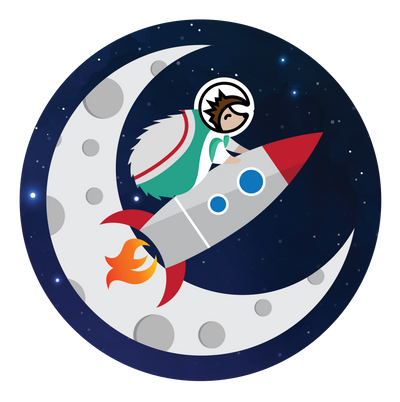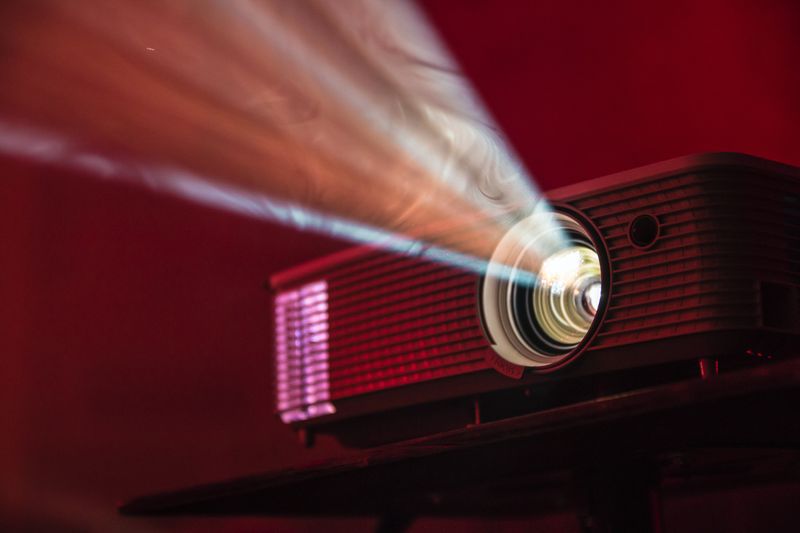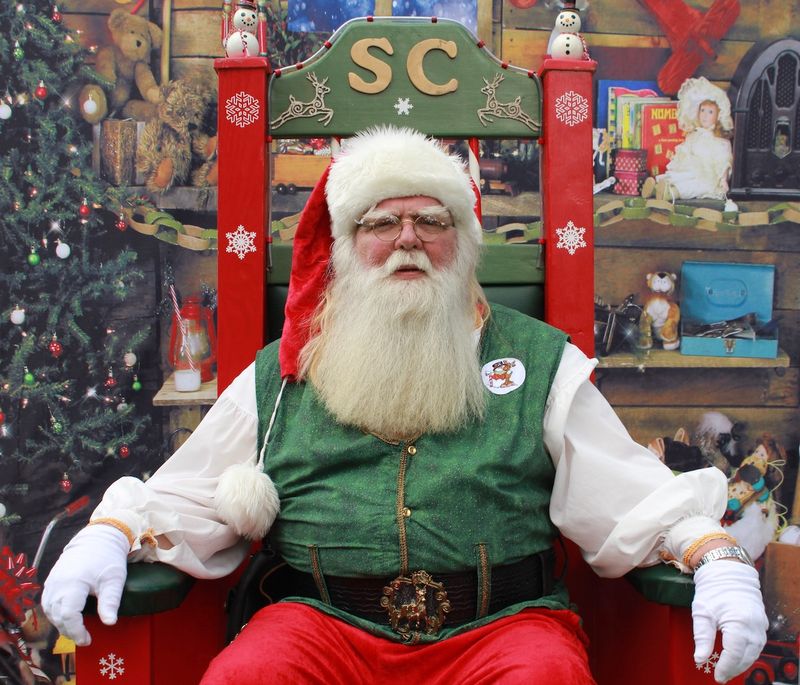Nadia Neophytou contributed the following interview writeup.
When film composer Gregg Leonard was working on his latest project, a drama called Triumph starring RJ Mitte and Terrence Howard, he wanted to do things a little differently. Leonard, an LA-based musician and producer who has worked across television and film for almost two decades, had been seeing NFTs creep into news stories and headlines, and became intrigued.
"It was very much, like, 'what is this?'" Leonard recalls to Hedgehog. "There was a lot of buzz, and big stories going around about people paying this much for a meme, and then the Beeple sale [a JPG file made by the digital artist, Mike Winkelmann, sold at Christie's for $69 million]. And that's all fun..." Above the gobsmacking prices and unusual items, what appealed to Leonard was the potential for NFTs to be used as a tool for super-safe registration of copyright and to create a new pay model for creators.
"You're dealing with the decentralized registration of the blockchain," says Leonard. "That's immutable registration. And part of what comes with NFTs is smart contracts. So I realized — and I'm not the first to realize this — but I realized that beyond the story of the fun collector aspect of it and all that, that this was going to evolve into a vehicle for rights management for creatives. Especially independent creatives."
The smart contract, which allows for the transferral of the NFT — by acting as a digital certificate of ownership that gets minted into a token on the blockchain — is also a permanent digital receipt for the buyer. Musicians have already been jumping into the NFT pool, with DJs like 3LAU and Steve Aoki selling theirs for seven-figure sums, and Kings Of Leon bundling theirs with a recent album. While these are rare digital collectibles, buyers cannot do just anything with the NFTs they purchase. Artists can and do include specific licenses that bar third-party use, in say, a film or other project.
The terms underpinning most smart contracts don't give over IP rights to those who purchase NFTs. But Leonard is interested in what musicians and composers can do with the terms of those smart contracts that they, as creators, have control over setting. In the case of something like a film, where multiple creators work on it, NFTs hold the technology that makes it possible for each one to be rewarded directly, and in perpetuity.
The timing worked out for Leonard to explore these ideas further in his most recent film project. Triumph, about the determination of a young teenager with mild cerebral palsy to become a wrestler, found a distributor who believed in the story and wanted the film to have a theatrical run, which doesn't always happen for indie films of its nature.
Leonard had retained the rights to his score, as he often tries to do, meaning he had the theatrical rights to his score too. But as the film was preparing to hit cinemas, the pandemic upended its release schedule. "There was a long time to think about things," says Leonard.
He started investigating more and more into NFTs. Most NFTs in the film space have been geared towards collectibles, like Kevin Smith's offer of his horror film Killroy Was Here as an NFT. This is akin to being a digital extension of the film memorabilia market; many NFT traders flip their tokens shortly after buying them, in the hopes of making a profit as the NFT value rises. Leonard believes there's so much more that can be done with them — that NFTs have the ability to help serve artists in a way that could have lasting, long-term benefits.
He realized he had the opportunity to try this out by creating and auctioning off the world's first theatrical feature film score NFT. The collection of 72 separate NFTs would be composed of 80 minutes of original score, in its entirety, as well as unique component parts. Leonard would open the offer for the historic first at $1.2 million dollars. A percentage of proceeds from the sale of this NFT will also go to Can-Do Musos, a global voice for disabled musicians.
But first Leonard had to learn more about the process itself. "I had to go through a steep learning curve," he says. "A lot of people are still only now figuring this out and I'm still very much learning too."
He decided to take his score to UREEQA to validate. "They were still in beta stage," says Leonard. "But how do you validate a film score? It doesn't exist on the internet, you don't just go look for it." So they developed some protocols for doing that. "A film score is a fairly complex level of intellectual property. There are all the different cues, there are themes. So it's a fairly complex NFT strategy," adds Leonard. But he believes it could help others in the future too.
Leonard sees NFTs playing a role in the whole process of a film, not just the score. From the start, NFTs can get films made by helping to finance their funding, through fractional ownership. "All the different aspects of intellectual property that make up a film project, like a screenplay, can have an NFT strategy to them that will help finance the film and help the independent film world right now," he says. "Everyone's trying to figure out a business model that allows creators to actually get paid a decent wage and survive. And those models have been evolving."
In the meantime, working on this project, Leonard feels excited by what he's done so far — both in working on an inspiring story, and also in the the role he hopes to play in the bigger picture of what this new field of film meeting cryptocurrency. "It's a mark on the timeline of what will be the adoption of NFTs by the media and film industry as funding mechanisms, and also artists and creatives to protect their work," he says. "I feel really proud of this so far."
Check out Nadia's past stories, follow her on Twitter, and of course subscribe to the weekly Hedgehog newsletter!






